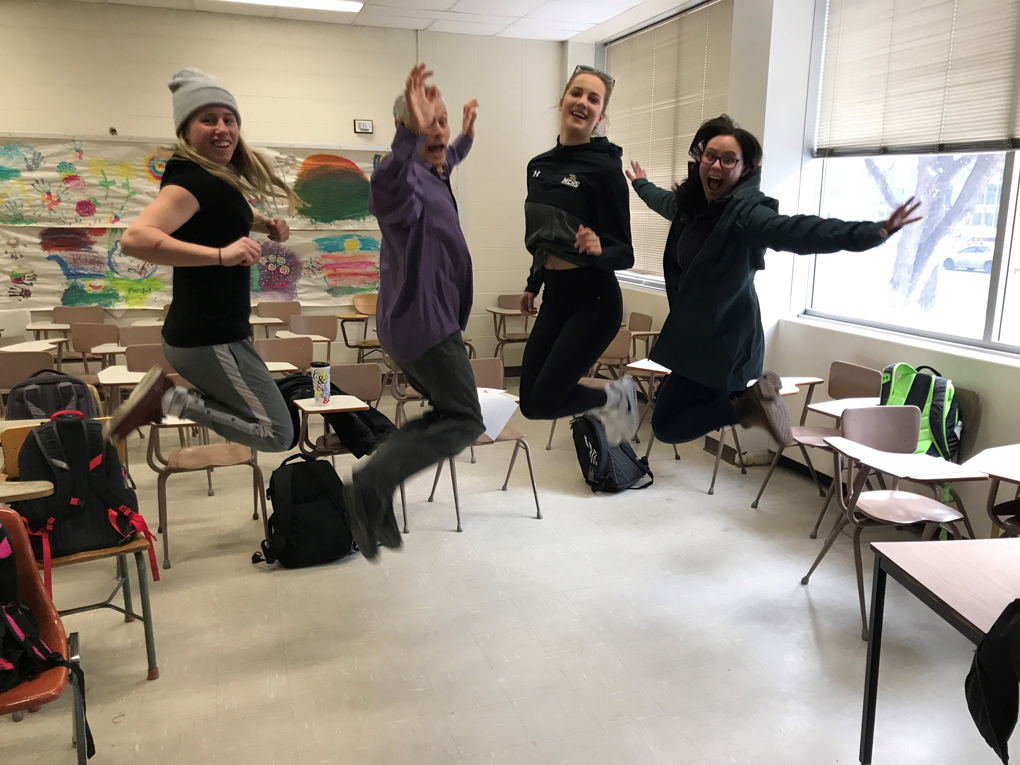
Joy in Learning = Deeper Learning
Despite the prevalence of teacher workshops and presentation skills programs, it is estimated that learners and event attendees have less than 15% retention after 48 hours.
Dr. Billy Strean is a master at creating deeper learning experiences. He helps businesses create environments and conferences that engage people at a fundamentally deeper – and more effective – level.
The individuals you are trying to teach immerse themselves in the content, retain more of the knowledge delivered, become self-motivated to change behavior, and genuinely enjoy the learning experience.
There is laughter, joy, play… and serious learning.
Deeper Learning Through Joy Workshops

1-Human Connection
One of the most fundamental principles in effective teaching is increasing teacher-student contact and connection (Chickering & Gamson, 1987; Lowman, 1995). This workshop [or component] shows how to foster individual connection with each student and how to build an exhilarated learning community. To build a foundation, moving from educentrism to empowerment (Spady & Schwahn, 2010), educators will learn both theoretical perspectives and practical tips and techniques – because students don’t care what you know until they know that you care.
Largely under-emphasized in traditional teaching skills programs, this dimension acts on the inevitable wall and unwritten contract between teacher and learner. On the learner side, it creates comfort and it predisposes the individual to accept the content and remain open to the possibility of suggested behavioural changes. On the instructor side, it enhances the teacher’s confidence, self-consciousness, presence, authenticity and commitment to results.
2- Whole Body Engagement
University education is often characterized as an experience that occurs above the neck. Stereotypes include passing information from the notes of the professor to the notes of the student, bypassing both of their minds.
A completely different paradigm than simple learning styles, whole-body engagement leverages all thinking-feeling-acting channels that people use to absorb new information, concepts, skills and possibility. Students become fabulously more engaged with the experiential methods modeled and taught in this workshop. This results in faster transfer of knowledge and skills and much higher retention rates.
3-Content to Context
One of the biggest challenges for instructors is to keep the parts connected to the whole. This workshop is all about the importance of a big picture focus. Particularly as you deliver a semester-long course, it is increasingly challenging –and important– to connect the pieces to the larger pie.
Training and courseware design historically have been linear and reductionist – which often leaves learners lost and with no overarching vision of end-goal or purpose. This dimension brings in one of the most essential – but often forgotten – elements of successful education. Learners need to have the parts connected to the whole. This session provides both the why and the how that will produce students with deeper, more meaningful learning and greater satisfaction.
Humor in the Classroom

Have you heard the saying: “If they’re laughing, they may be listening”? Humor and laughter are associated with many positive learning outcomes. Humor builds teacher-student connection and engages students in the learning process – these are the two most important ingredients in teaching. Humor sparks creativity and improves problem-solving. With humor, students learn better and remember more. People absorb information more quickly and retain it longer.
This session explores supporting evidence for using humor in teaching and provides several strategies for including humor in course outlines, class sessions – everything from opening quotations to closing music – and exams.
Note: You don’t have to be funny.